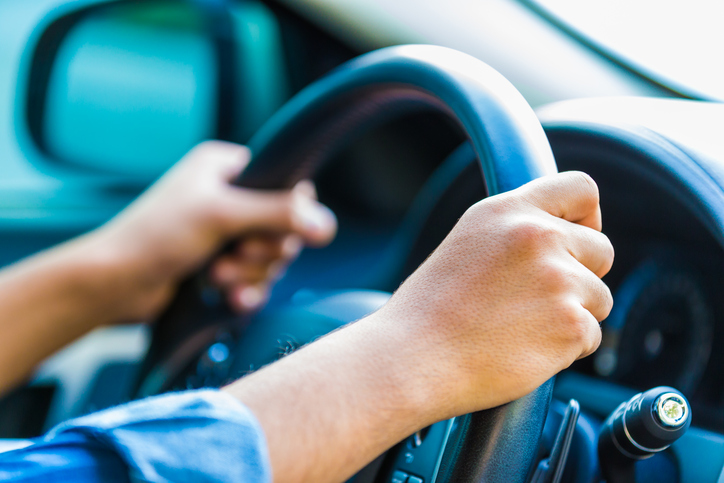
There are a lot of scary firsts in your child’s life, but perhaps one of the most nerve-racking is watching your teen driver pull out of the driveway and take off alone.
Teen drivers are inexperienced, making them inherently at greater risk of accidents and injury. You are not totally helpless, however. Below are some of the best ways to keep your teen driver safe behind the wheel.
Invest in private driving lessons
Most school-based programs provide about six hours of training on the road, but studies have shown that teens need about 50 hours to be able to drive safely. This means that you need to invest in private driving lessons for your teen. You can do this yourself as well, but parent-led driving lessons are notoriously stressful for both parties.
Practice in a variety of conditions
Once basic skills are mastered under ideal conditions, start to experiment with navigating city traffic, driving at dusk or at night and negotiating traffic jams. It is important that your teen practice driving in these conditions with you or an instructor present before they tackle them on their own.
Emphasize responsibility
Model the right behavior for your teen so that they understand that driving is a responsibility. Think aloud while driving, demonstrating your approach to handling road conditions. Involve your teen in vehicle maintenance tasks so they understand the work required to keep a car on the road.
Do as you tell them to do
Teens are quick to catch on to hypocrisy. If you tell them to do one thing but do another yourself, they will do as you say in front of you, then do as you do, once they drive away. Obey the rules of the road, keep to the speed limit, avoid using phones when driving and never drive under the influence. Be a good example to your child.
Establish rules and consequences
You need to establish rules and consequences, outside of what’s prescribed by law, that keep your child safe. Some examples include:
- No driving with passengers who are under the influence of drugs or alcohol
- No friends in the car for the first two months, and never more than two friends in the car at a time
- No food or beverage consumed when driving
- A volume limit for music
- Seatbelts are mandatory for everyone in the vehicle
- Do not drive when tired or overly emotional
- Do not use cell phones on the road
- Do not drive strangers
Your child might be old enough to drive, but they still need your help and guidance.

Leave a Reply